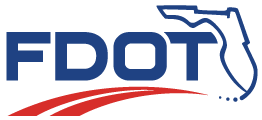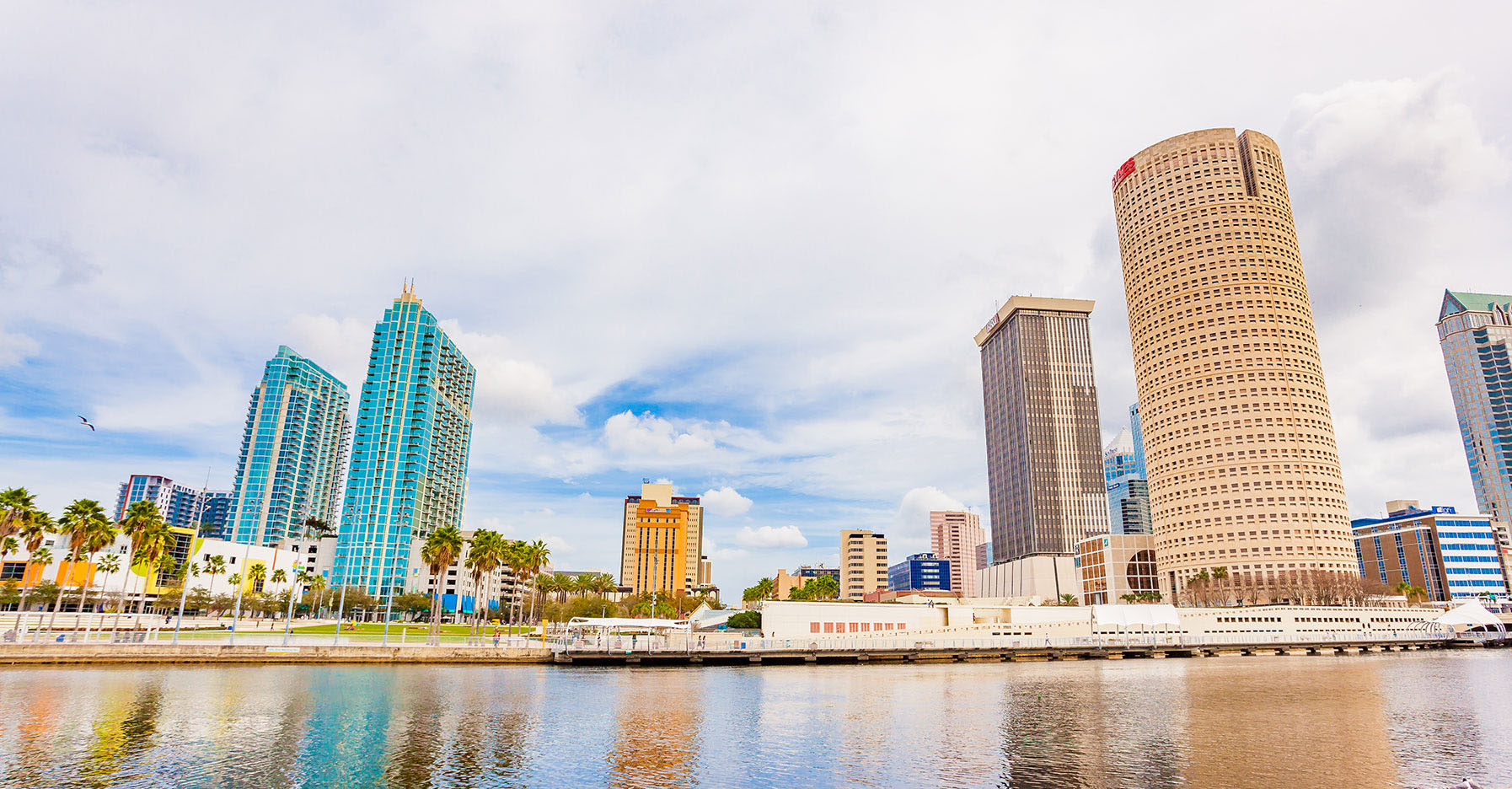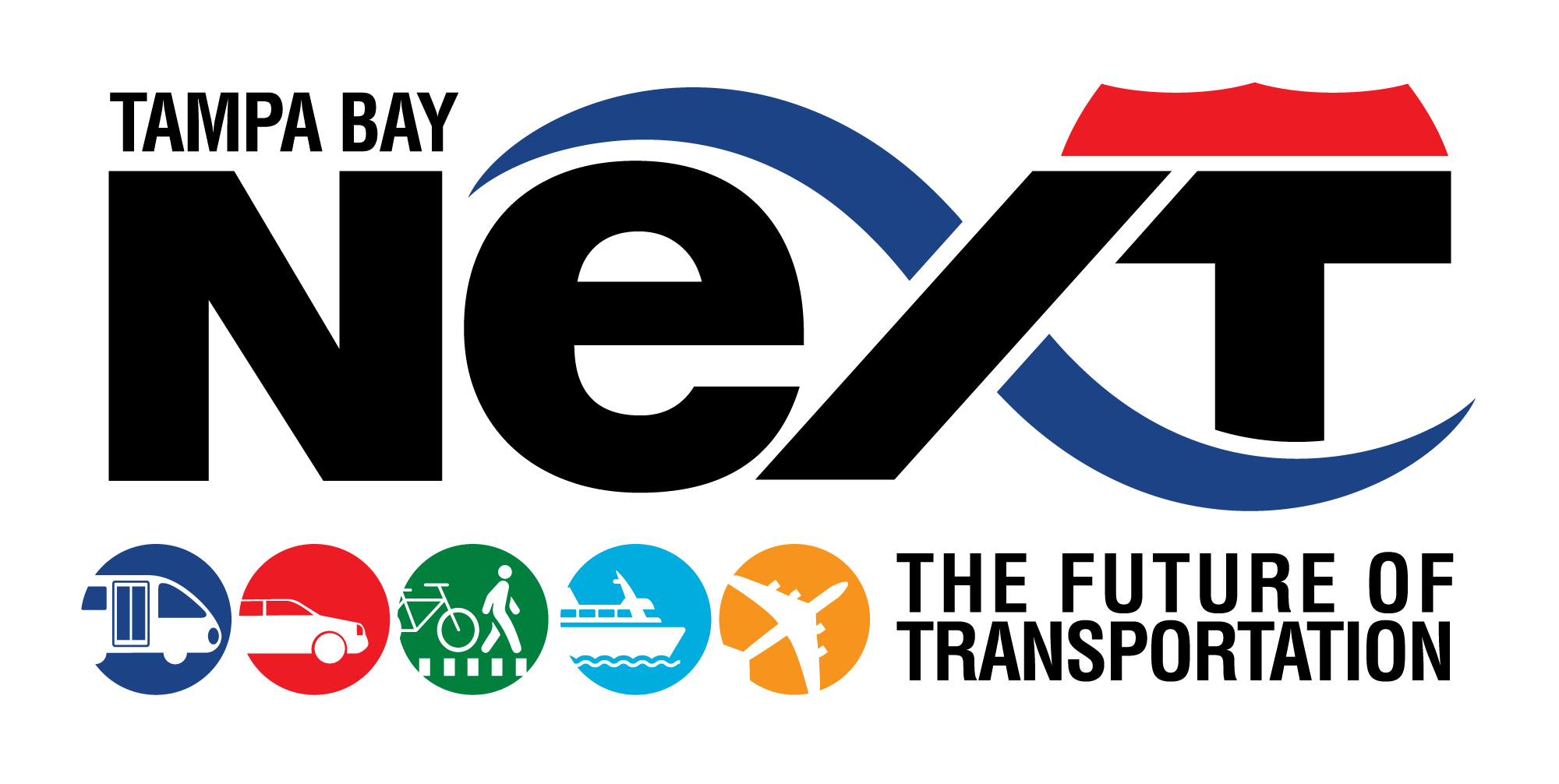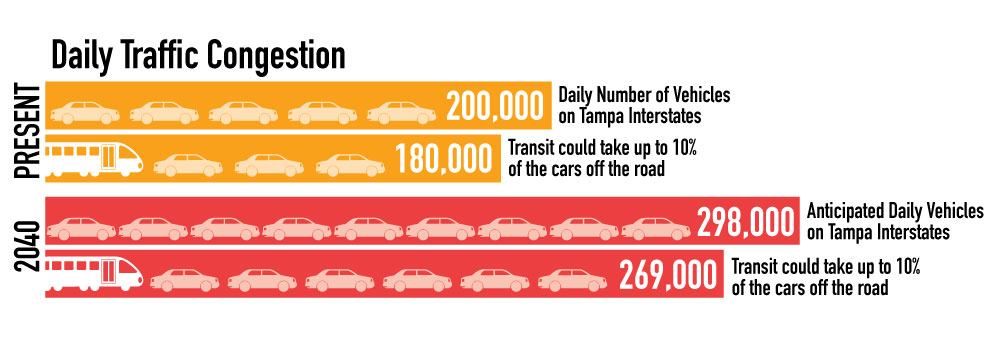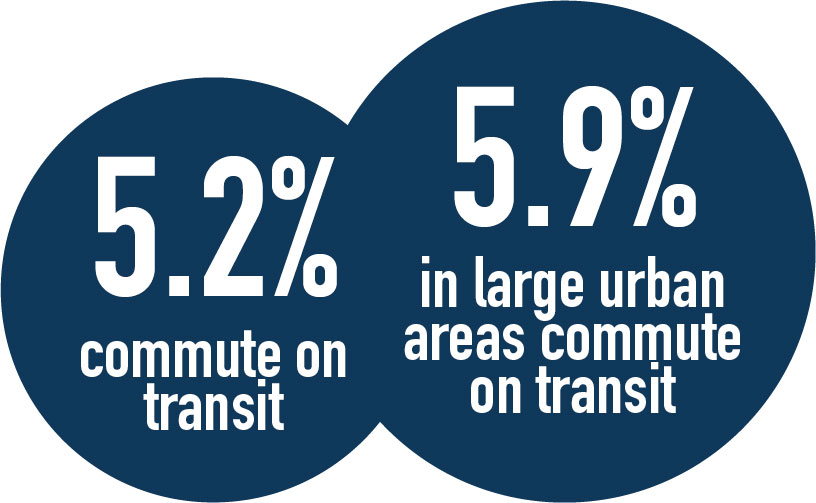FDOT is integrating Transit into its project planning and development. FDOT also funded the Regional Transit Feasibility Plan, administered by the Hillsborough Area Regional Transit Authority (HART) and is currently funding the Regional Rapid Transit Project Development and Environment (PD&E) Study, administered by the Tampa Bay Regional Transit Authority (TBARTA), to determine the preferred corridors and modes for future regional transit.
Tampa Bay’s complex transportation problems require comprehensive, multimodal solutions. With Tampa Bay Next, FDOT’s interstate planning is fully integrated with transit planning.
Why do we need transit?
The Tampa Bay area is the 5th fastest-growing metropolitan area in the nation, with approximately 58,000 people moving here in 2016. (View Source) Traffic congestion continues to be the number one concern for our community and the solution requires a multimodal approach.
Transit provides a viable alternative to driving, and a robust transit system also provides residents and visitors with safe, reliable and convenient mobility choices. Beyond transportation solutions, transit offers opportunities for regional and local transit-oriented development (TOD) so travelers also have the choice to make trips by car, transit, bicycling or walking.
